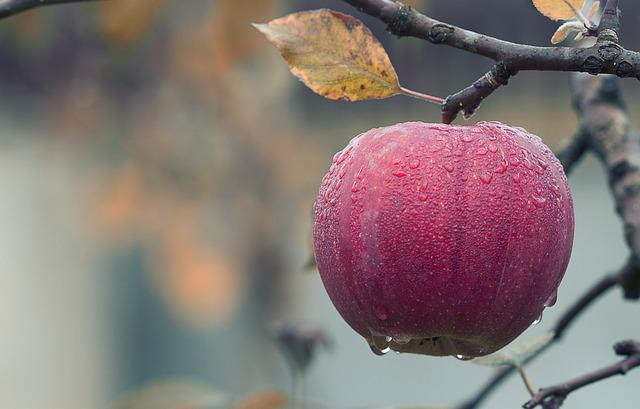
It doesn't matter if you make your baby formula yourself or buy powdered water, safe water is vital. While boiling water is possible, it is best to allow it to cool down completely before you feed your baby. The American Academy of Pediatrics and FDA recommend boiling water for one minute before using it. Allow the water to cool to room temperature before you give your baby. Boiling water won't kill germs. However, it will remove harmful contaminants. In some communities, municipalities have added fluoride to their tapwater to prevent cavities, but it is so low that it offers little benefit to children.
You shouldn't use distilled water. Bottled water is full of chemicals that can harm your child's health. Boil tapwater. It will be safe for your child to drink, but you must make sure that it is filtered. Also, you should be aware that distilled water is not recommended for baby formula making. You should boil water before using it.
Most taps in the United States are safe to use for making baby formula. However, bottled water costs more than tap water and you should make sure to test it first. If it is safe for drinking, it should be. Boil it for a couple of minutes if not. Mix the powdered mixture with the water. Finally, cool the bottle under running water or in an ice-filled container. You should dry the bottle with a clean towel.

In addition to boiling water, there are other reasons to consider using filtered tap water for baby formula. In some places, tap water has higher lead levels than required. Boiling water is more toxic than unfiltered and raw water. It is important to verify the water source before you use it to make baby formula. If your home is contaminated with lead, you should boil it before using it. If you have no other options, boil the milk for a time to kill any germs or nitrates.
The United States has bottled water that is safe for the making of baby formula. Although well water is generally safer than tap or distilled water, it is still important to boil it first. Parents often choose to filter their baby's water. If your home doesn't have a filtration system, you should consider buying bottled water. Filtered water is a smart choice.
FAQ
Is there any special equipment that is required to cook?
To learn to cook, you don’t need to have any special equipment. The best tools will make cooking more enjoyable. A knife can be used instead of a fork when making pasta, or a whisk could be used to whip up stiff egg whites. It makes cooking much easier and quicker.
Where can I find free online cooking lessons?
Many websites offer free cooking classes. YouTube is a great place to search for cooking videos. Some sites offer thousands of recipe options. Although you will have to pay a monthly fee for these sites, you can always try them for free for 30 consecutive days.
What are the advantages of using a slow cooker to cook?
Slow cookers are useful because they can make delicious meals in a fraction of the time. Slow cooker recipes often have a lower oil and fat content than traditional recipes. Also, slow cooker recipes are easy to use because they do all the work while you sleep.
Can I cook with my family?
Yes! Kids love to help in the kitchen. It's an enjoyable activity that teaches responsibility and teamwork. Children can help in everything, from washing vegetables and cutting onions. Children will love helping to cook if they are taught safe knife handling techniques.
Statistics
- under 10 Kids have been taught that there is special food just for them, and Fiese says that 10 percent of kids will throw a tantrum if they don't get the food they want. (washingtonpost.com)
- According to the BLS, chefs earn $58,740 a year. (learnhowtobecome.org)
- You'll be amazed that over 90% of CIA students receive scholarships and grants to finish their culinary studies. (ischoolconnect.com)
External Links
How To
How to make a perfect Omelette
Omelets are my favorite breakfast dish. But how do you make them perfectly? There are many recipes and methods I tried, but none worked. So I am sharing some tips and tricks today to help you make fluffy, delicious omelets every morning.
First, eggs can be very temperamental ingredients for making omelets. Eggs must be purchased fresh, preferably organic, and kept chilled until ready for cooking. You must keep them cool enough to allow the whites to form properly and the yolks to become too runny if they're not kept at the right temperature. This will make your omelets appear strangely colored. If you intend to cook your eggs immediately, it's best to use room-temperature egg.
Another tip is to separate each egg before adding them to the saucepan. Because this could cause your omelet to become curdled, you don't want any yolk to be mixed with any white.
The bottom part of an egg that is added directly to the stovetop might be burned, which could cause a ruined texture in your omelet. Instead, heat the egg for 10 seconds in the microwave before placing it in the pan. The microwave heat will cook the egg just right without making it too hot.
Next, let's discuss mixing the eggs. When you mix eggs together, you want to beat them well. You can do this by turning the bowl of your mixer upside down. Next, shake the bowl vigorously. This will whip the air around the bowl and mix the egg well.
Now it's time to have fun: pour the milk into the mixture. First, pour half of the milk into the beaten eggs and then fold the eggs gently into the remaining milk. If you still see streaks of eggs, don't worry. These streaks will disappear once the omelet has been turned over.
After folding the eggs, place the pan on medium heat and wait for the oil to start sizzling. Once the oil has gotten hot, add 1/4 cup of butter and swirl it around so that the entire pan is coated. Carefully open the pan's lid and add salt to the pan. An additional pinch of salt will prevent the omelet form sticking to your pan.
Cover the pan once the omelet is formed and allow it to cool completely. Flip the omelet by using a spatula. Cook the second side for a minute or so. Serve immediately after removing the omelet from its pan.
This recipe works best with whole milk, but skimmed milk also works.